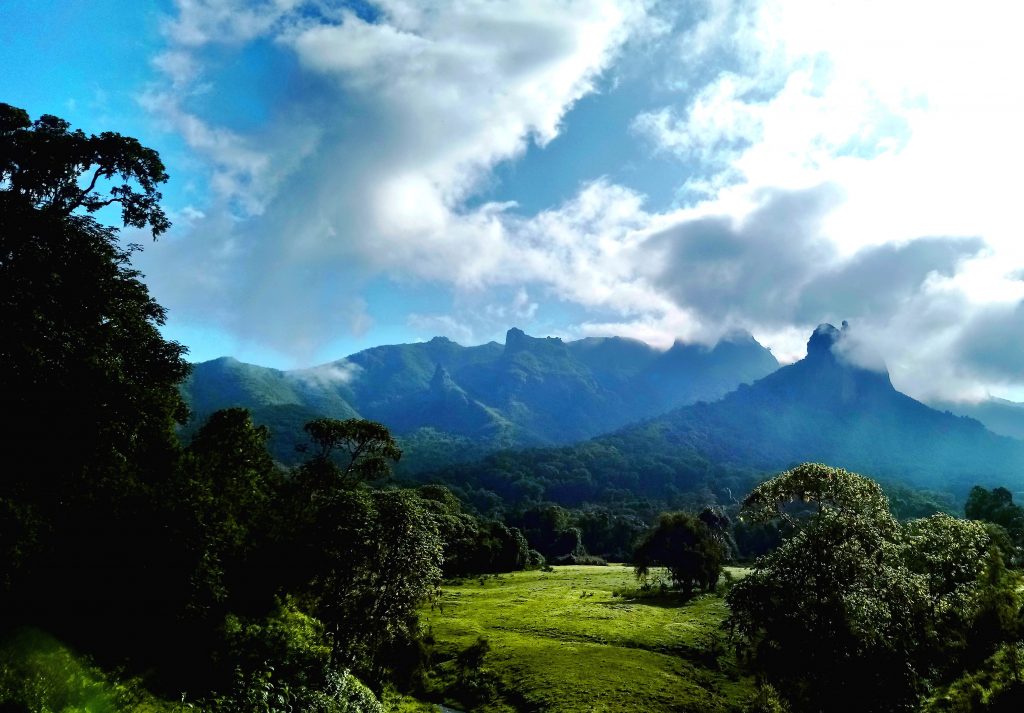
The Bale Mountain in Ethiopia are a hikers dream, wildlife, and thrilling trails. Located in Oromiya region the park features the Sanetti plateau home of the endangered Ethiopian wolf and lush Harenna forest.
The best time to visit is October – march for dry, clear trails. Prepare for cold nights, high altitudes, and unpredictable weather. Hiring a local guide enhances safety and wildlife sightings. With its breathtaking scenery and unique wildlife, the Bale Mountains are must adventurous hikers.
Excursion to the most spectacular underground cave system , sof Omer
Southern Ethiopia is one of the country’s most culturally diverse regions, home to over 66 ethnic groups with distinct languages, traditions, and customs. The Southern Nations, Nationalities, and Peoples' Region (SNNPR) alone hosts many of these groups, including the Sidama, Gurage, Wolayta, Hadiya, Gamo, and others.
These communities speak languages from Cushitic, Omotic, and Semitic families, reflecting the area’s rich historical interactions. Their cultures are deeply connected to their environments, with traditions tied to agriculture, coffee cultivation, and unique ceremonies like weddings and harvest festivals.
Music and dance play vital roles in preserving cultural identity, while the region is also known for peaceful coexistence and interethnic cooperation. Southern Ethiopia’s cultural variety enriches the nation’s heritage and highlights the strength found in unity amidst diversity.
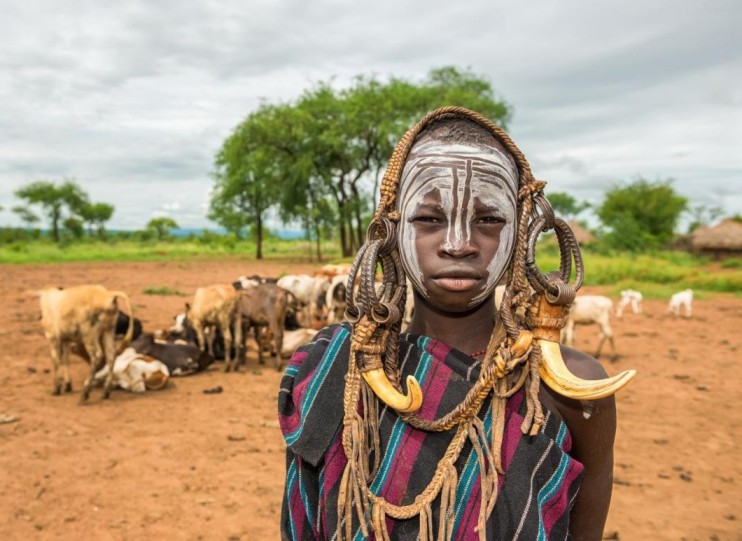
There are 2 sites got register by UNISCO from Omo valley they are Konso terracing and lower Omo valley
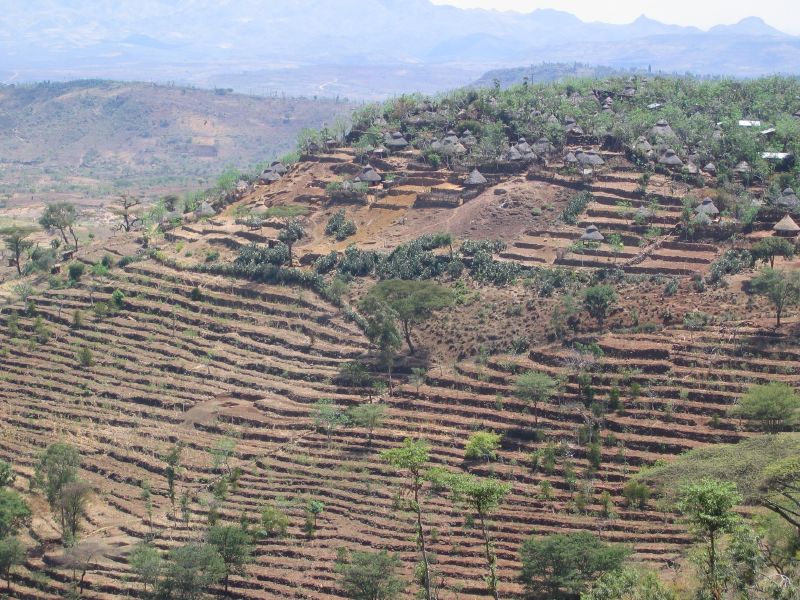
Konso terracing is an ancient, ingenious agricultural practice developed by the Konso people in southern Ethiopia. The terraces are dry-stone retaining walls built on steep hillsides to create flat, arable land. This technique helps prevent soil erosion, conserve water, and improve soil fertility, enabling sustainable farming in a challenging, semi-arid environment.
The Konso terraced landscape is also culturally significant, reflecting the community’s social organization, indigenous knowledge, and resilience. Because of its unique combination of environmental adaptation and cultural heritage, the Konso landscape, including its terraces, is recognized as a UNESCO World Heritage Site. And they have there own King Kala Gezehaign and best to know more about konso people historical , cultural and spiritual life e,g if Kala went out of his house and stay for somtiems and he can’t eat food buy from hotel and
The Konso and Fejej sites in Ethiopia’s Lower Omo Valley are vital for understanding human evolution. Konso features well-preserved archaeological layers with early hominin fossils, advanced stone tools, and evidence of Homo sapiens idaltu—dated to about 230,000 years ago and known as the oldest Homo sapiens in the world—alongside a unique cultural landscape recognized by UNESCO. Fejej provides fossils from 2 to 3 million years ago that reveal the ancient environment and evolutionary history of early humans. Together, these sites offer crucial insights into early human biology, culture, and environmental adaptation, making them key to studying our prehistoric past.
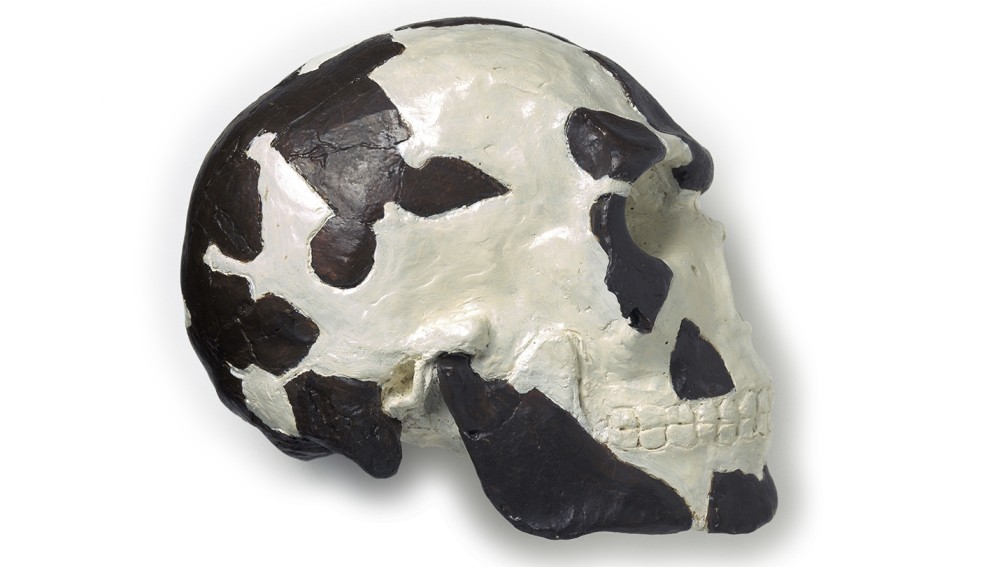
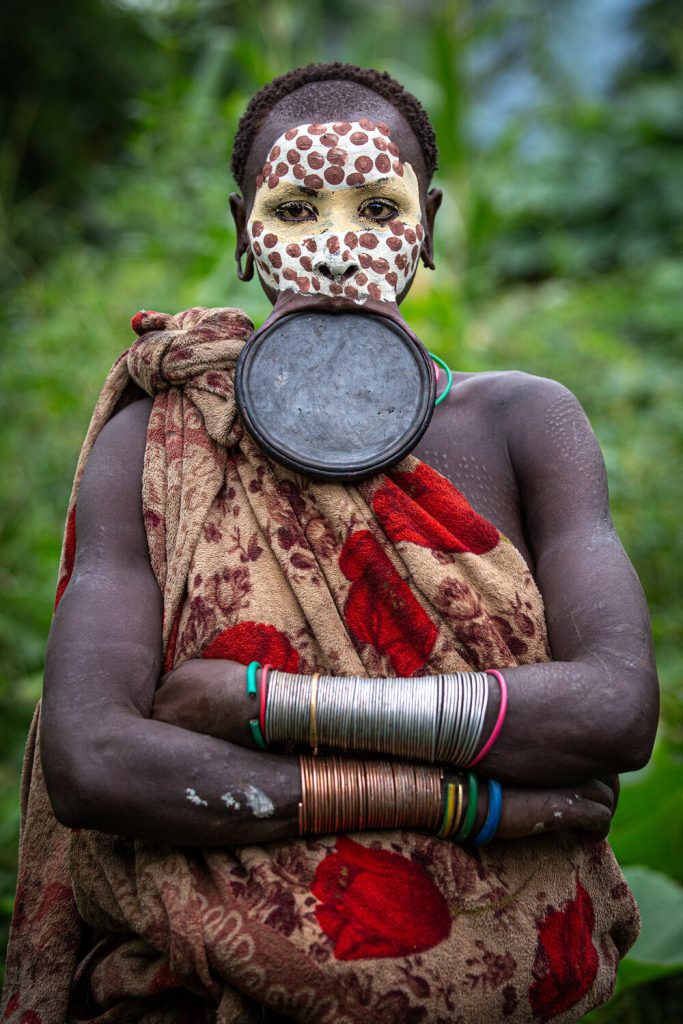
The southern Lower Omo Valley in Ethiopia is home to diverse tribes such as the Hamar, Mursi, Karo, Dassanech, and Banna, known for their distinctive decoration practices that reflect cultural identity and social status.
Body painting using natural pigments like red ochre, white chalk, and charcoal is widespread. The Karo people are famous for their geometric body designs, while scarification among the Mursi and Hamar marks beauty and social milestones. A notable practice among Mursi and Suri women is the lip plate, where the lower lip is stretched to hold a large clay or wooden disc, symbolizing maturity and status.
Beadwork and jewellery are important adornments. Hamar women wear multiple bead layers and metal rings, often paired with leather bands. Cowrie shells in necklaces signify fertility and protection. Hairstyles are elaborately styled with ochre and butter, with men and women decorating their hair with beads, feathers, and animal hair.
Clothing made from animal hides is decorated with beads and metal ornaments to show wealth and rank. The Hamar and other tribes also celebrate key life events with ceremonies like bull jumping and donga (stick fighting). Bull jumping marks a young man’s passage to adulthood, with participants decorated in body paint and beads. Donga serves both as a rite of passage and a cultural combat display.
Overall, the decorations of the Lower Omo tribes are not just for beauty but carry deep social and cultural meanings, preserving ancient traditions that define their identity.